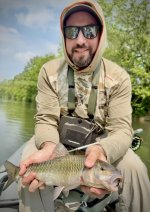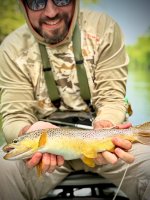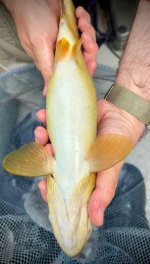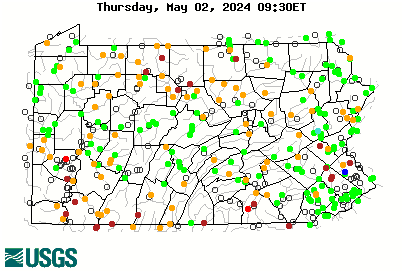dudemanspecial
Well-known member
Out of curiosity, were you catching these in an area where you could hear cicadas loudly?Fished Spring on Saturday and caught over a dozen just by prospecting with a cicada.
I was there all day Saturday, and I had one caught fish on a cicada. I only fished a cicada for maybe an hour and a half, and it involved bouncing down the creek in my car stopping at easy to access spots, so obviously I wasn't trying too hard. I spent most of my day up above bellefonte where I heard no cicadas looking for rising fish and nymphing.
The reason I am asking though is that I ran into a group of guys that claimed they were "catching some fish on cicadas" (numbers were not mentioned) and that they were fishing around and above the paradise area, where again I heard zero cicadas so I never bothered tying one on. This would lend credence to your theory that they weren't really on them, just saw something big to eat like a beetle and went for it.







